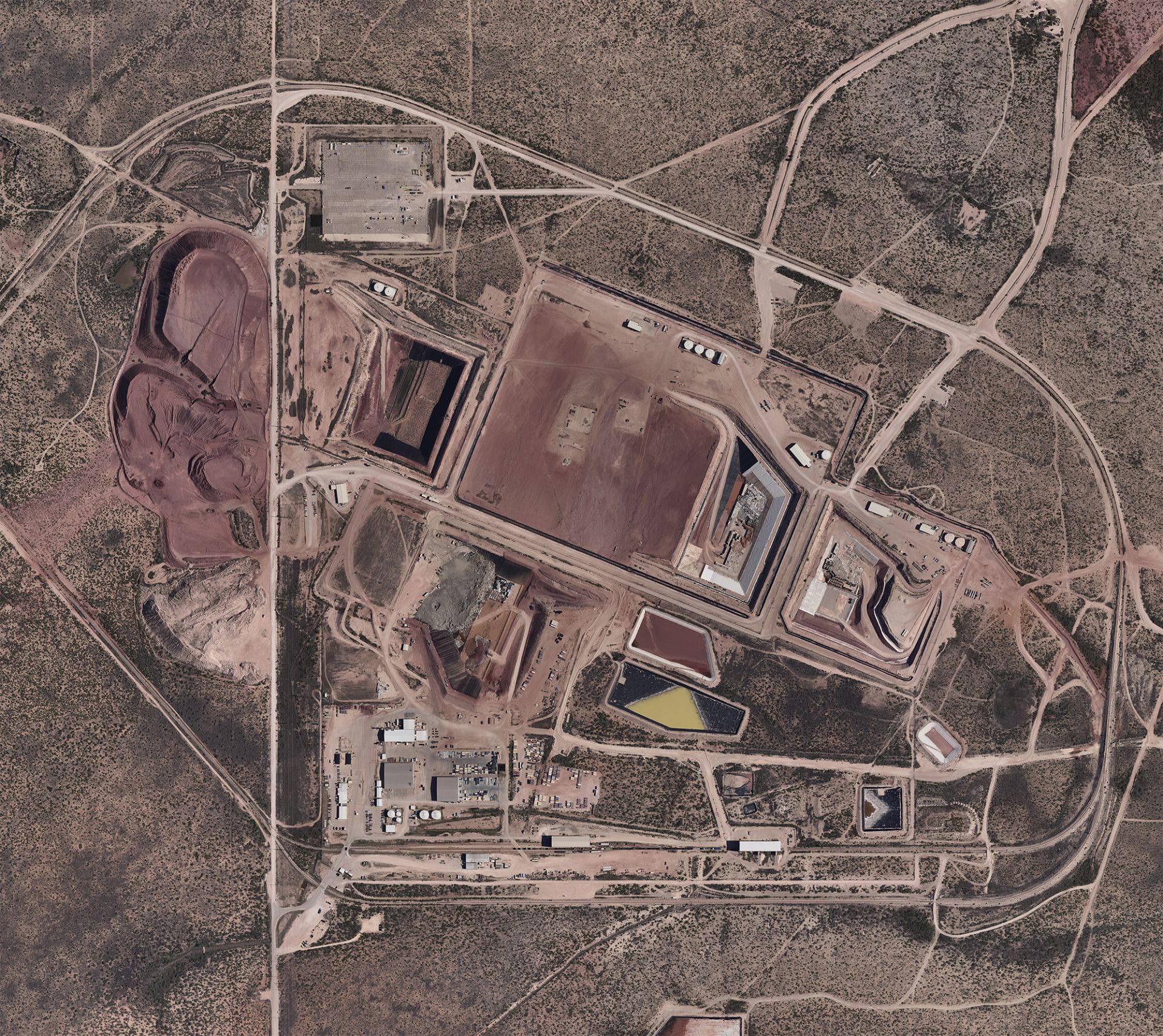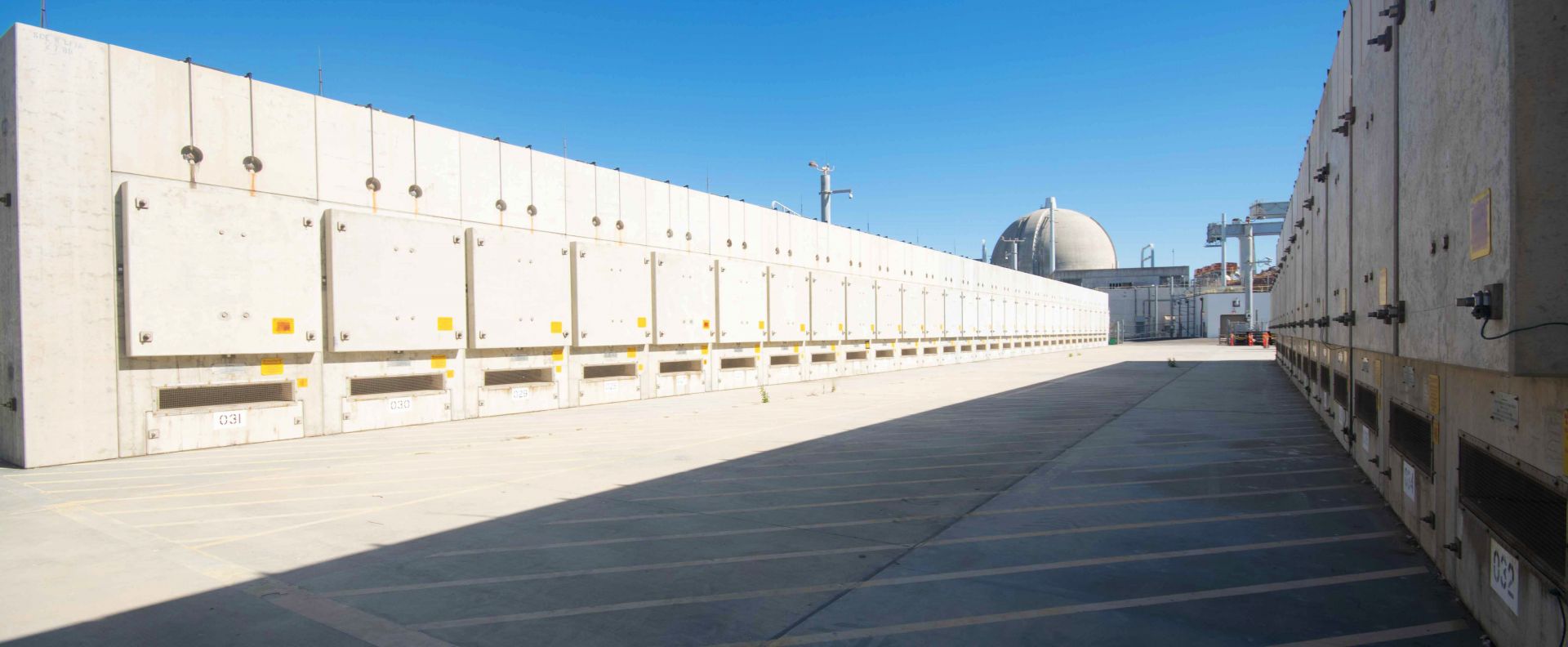An aerial view of the Environmental Management Disposal Facility project site at Oak Ridge. (Photo: DOE)
The Department of Energy’s Oak Ridge Office of Environmental Management (OREM) and contractor United Cleanup Oak Ridge (UCOR) have finished fieldwork and have begun monitoring groundwater elevations for a study at the Environmental Management Disposal Facility (EMDF) project site in Tennessee.
The Onkalo geologic repository in Finland. (Photo: Posiva)
Finland’s regulatory authority, the Radiation and Nuclear Safety Authority (STUK), announced that it was further delaying issuing a statement on the safety case for the Onkalo spent nuclear fuel repository until 2025, saying that Posiva’s license application material is not yet ready.
An aerial picture of Ignace, Ontario. (Photo: NWMO)
While the United States was celebrating Thanksgiving Day, Canada’s Nuclear Waste Management Organization (NWMO) announced that it has selected a site in northwestern Ontario for a deep geologic repository to hold the country’s spent nuclear fuel
DeepGeo’s Laura Salonga and Copenhagen Atomics’ Thomas Jam Pedersen at the signing of a collaboration agreement in New York. (Photo: DeepGeo)
DeepGeo, a Rhode Island–based company seeking to develop multinational spent nuclear fuel repositories, and Denmark-based thorium reactor developer Copenhagen Atomics have signed a collaboration agreement that will see the companies work together on the management of nuclear fuels and waste streams associated with a thorium breeder reactor.
IWTU operators monitor radiological operations during the current waste treatment campaign at the Idaho National Laboratory Site facility. (Photo: DOE)
As of last week, crews with Department of Energy cleanup contractor Idaho Environmental Coalition (IEC) processed more than 142,000 gallons of radioactive sodium-bearing tank waste at Idaho’s Integrated Waste Treatment Unit (IWTU) this year.
TRU drum storage in the Solid Waste Management Facility in 1998 before WIPP opened (left) and in 2024 (right). (Photo: DOE)
The Solid Waste Management Facility (SWMF) at the Savannah River Site saw a large reduction of transuranic (TRU) waste in fiscal year 2024, achieving the highest volume of TRU waste shipped out of state by the facility in the past 10 years, according to the Department of Energy.
TRU waste typically consists of protective clothing, tools, rags, equipment, and miscellaneous items contaminated with small amounts of plutonium and other heavy elements.
WCS’s Texas waste management facility. (Photo: WCS)
A five-year, $17.8 million contract has been awarded to Waste Control Specialists for the long-term management and storage of elemental mercury, the Department of Energy’s Office of Environmental Management announced on November 21.
The Philippsburg interim storage facility in Germany. (Photo: BGZ)
Orano completed the 13th and final rail shipment of vitrified high-level nuclear waste from France to Germany. The company announced that the four casks of vitrified HLW arrived at Germany’s intermediate storage facility at Philippsburg in the early evening of November 20.
Wabigoon Lake Ojibway Nation indicated its willingness to host a geologic repository in northwestern Ontario. (Photo: NWMO)
Canada’s Nuclear Waste Management Organization (NWMO) announced that Wabigoon Lake Ojibway Nation has indicated its willingness to support moving forward to the next phase of the site selection process to host a deep geological repository for Canada’s spent nuclear fuel.
The Salt Waste Processing Facility recently surpassed a production milestone by processing more than 10 million gallons of high-level waste at the Savannah River Site. (Photo: DOE)
The Orano TN-NUHOMS dry fuel storage system at San Onofre Nuclear Generating Station. The system holds 50 canisters of spent nuclear fuel. (Photo: SONGS)
The Department of Energy has started over on the quest for a place to store used fuel. Its new goal, it says, is to foster a national conversation (although this might better be described as many local conversations) about a national problem that can only be solved at the local level with a “consent-based” approach. And while the department is touting the various milestones it has already reached on the way to an interim repository, the program is structured in a way that means its success will not be measurable for years.
The Diablo Canyon ISFSI cask loading team from Holtec, PG&E, and Diablo Canyon. (Photo: Holtec)
Holtec International announced that it has completed the campaign to transfer Diablo Canyon’s spent nuclear to dry storage ahead of its planned schedule, paving the way for the continued operation of the central California nuclear power plant.
Using cameras placed inside a temporary shelter, nuclear chemical operator Joe McCoy monitors the pretreatment activities of the Hanford Site’s TBI demonstration. (Photo: DOE-EM)
The Department of Energy’s Office of Environmental Management said that contractors have completed the treatment of 2,000 gallons of radioactive and chemical waste as part of the Hanford Site’s Test Bed Initiative project, which aims to demonstrate the feasibility of alternative options for retrieving and treating low-activity tank waste at the site in Washington state.
The municipality of South Bruce announces the unofficial results of the referendum to determine if South Bruce would be a willing host for a proposed deep geological repository. (Photo: NWMO)
The municipality of South Bruce, located near the Bruce nuclear power plant in southwestern Ontario, voted narrowly in favor of being a willing host to a potential deep geologic repository for Canada’s spent nuclear fuel. The official declaration of results from the municipality showed that 51 percent of South Bruce residents voted in favor of the referendum, with 1,604 voting "yes" and 1,526 voting "no." Voter participation was 69 percent, surpassing the 50 percent voter turnout required to make the vote binding by law.

















